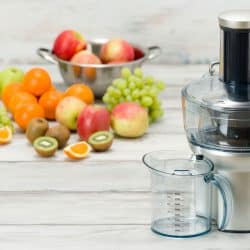If you've recently bought a food processor, some questions may have come to mind. What recipes can it help you make? How does it work? However, most importantly, how long does a food processor last? If that's the answer you're trying to find, let's find out!
The answer depends on several variables. The size, power, and frequency of use factor into how long a food processor lasts. For smaller powered units, it can last 1-3 years under manufacturer warranty. However, commercial food processors can last from 4-7 years. It can last longer or shorter through the types of food you intend to use in it and how frequently it is used.
Now that you know how long it can last, you might also want to find out what you can do to ensure it lasts that long. Like most appliances, using them is easy. However, the cleanup required when you finish is usually an afterthought. If you'd like to know more about how to maintain a food processor, keep reading ahead.
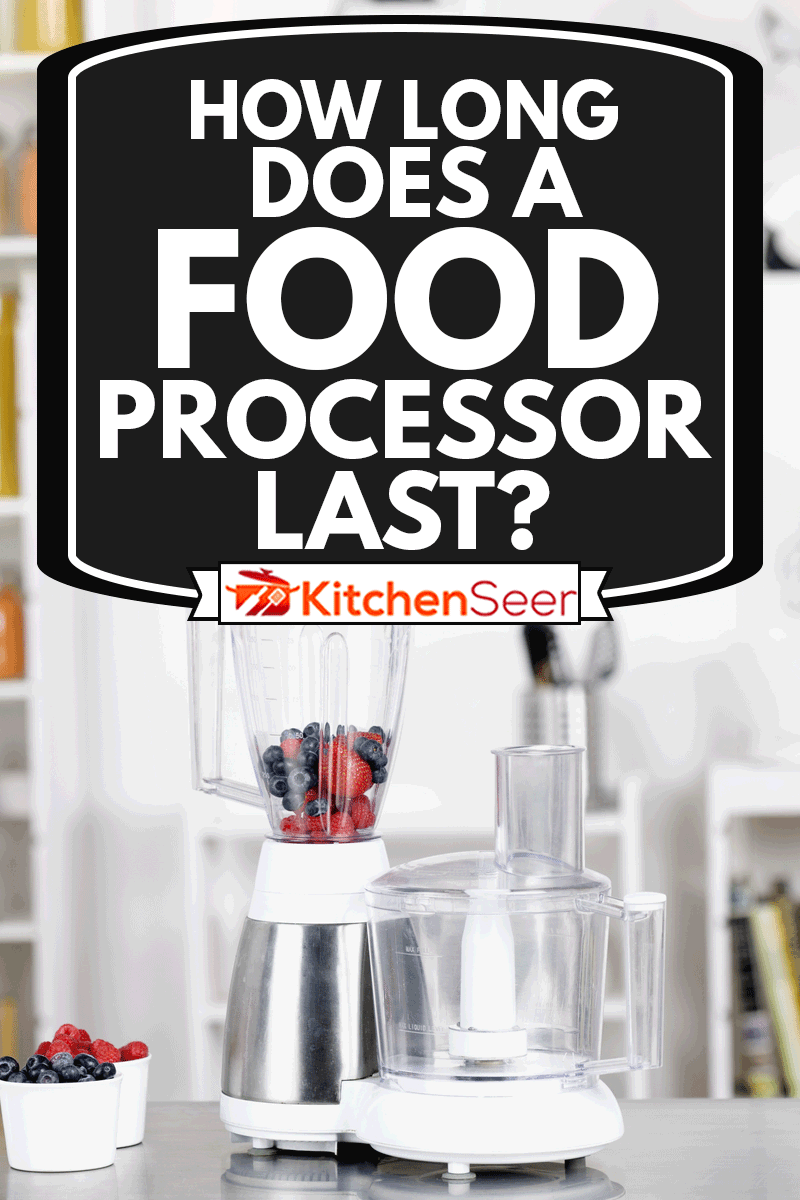
Maintaining the Food Processor
The food processor is a versatile kitchen appliance that can do almost anything you need. It can puree, grind, slice, and more. They come in three different sizes: compact, mini, and full-sized. Regardless of size, it has three essential components: a motor, a feed tube, and a bowl with a lid. Depending on the brand, it can also come with different blade attachments.
Size and Motor
The size of the food processor is not all too important. Of course, that is if you bought it with the intent to do small jobs. The crucial factor in the size of a food processor is the motor. Smaller food processors contain lesser-powered motors. Meaning, if you need to do a big job with it, you might not be able to complete it.
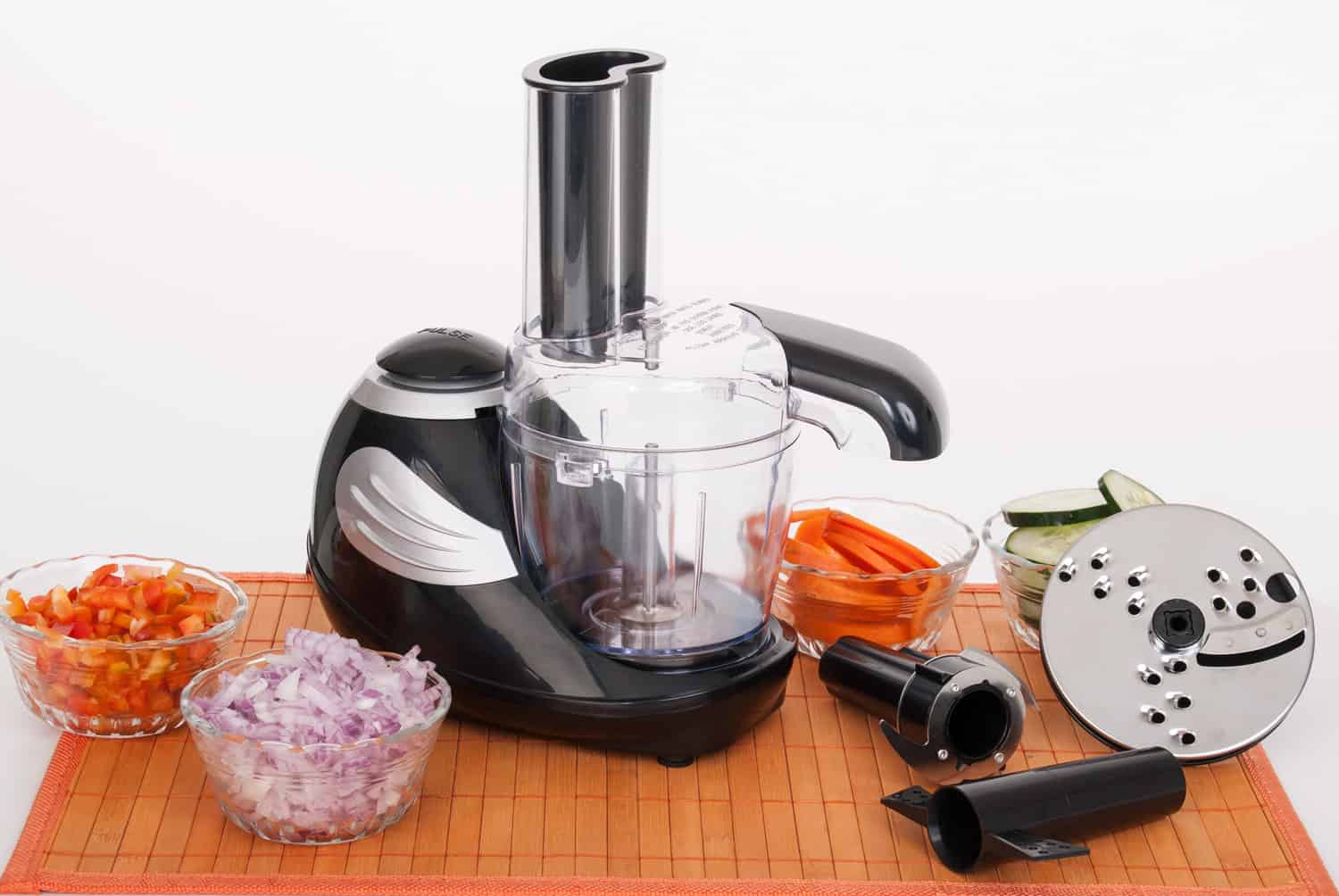
However, if you're insistent that it can, you might end up with a blown-out motor. The reason being that you are forcing the processor to access the power that it does not have. Additionally, after each try, it will continue to exert more pressure on the motor and eventually fry the components inside. So, even if you manage to process a specific food you shouldn't have, it does not stop it from failing in the future.
What Should You Not Put In A Food Processor?
That begs the question, what should you not put in a food processor? The main concern with the food processor is the motor. So, this puts hot foods into one of the main concerns. After all, regardless of size, it needs constant access to electricity. As it continuously works to process the food you put in, it can get hot itself.
Hot Foods

As a result, it makes hot food something you should avoid putting in a food processor. There are a few processors that can have overheating protection. But, for most models, processing hot food can lead your food processor to its end. If you want to find out more about this issue, you can check out our post here.
Additional Hazards
The rest of the foods you should not use in a food processor depends on its power. As mentioned earlier, smaller food processors do not get enough power to handle jobs a full-size one can. So, for compact/mini ones, it is best to avoid using:
- Hot nuts
- Tough meat cuts
- Boiling steaming hot food
- Ice
In general, if it looks tough to break down, opt to use a blender. Otherwise, full-size food processors can handle most foods you throw at it. Though, as a precaution, make sure you help out the processor in getting the job done. Cut large foods down to take some of the work off of them.
Maintenance
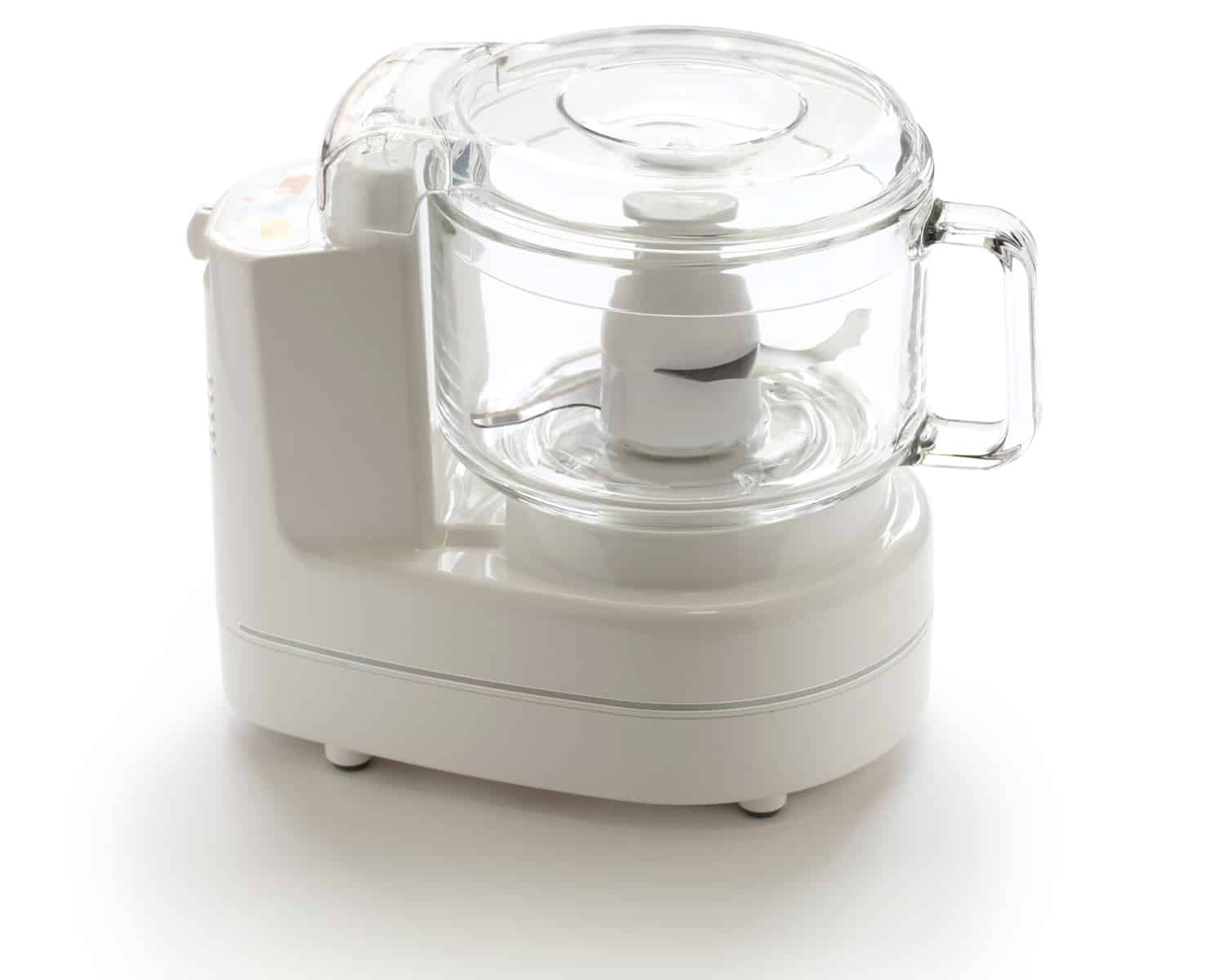
The motor has been the center of attention. But, maintaining the components is also crucial to increasing the lifetime of your food processor. After you finish using the machine, you should clean the utensils afterward. This way, you can ensure you won't cross-contaminate foods. And the components won't create a buildup of food.
If you want to cut down on time, you can always use the dishwasher to clean the components. However, you must make sure you place it in the correct spot. Even if the manual says they are dishwasher safe, they are still susceptible to damage from heat.
As some might suggest, you have to wash them on the top rack instead of the bottom. In theory, you can also wash the parts using the bottom rack. However, it will make them wear down quicker.
Forcing or Running It Too Long (Frequency of Use)
The last issue that should come to mind is the run-time and how lenient you are with the appliance. Like we've stated before, you should help the food processor by cutting down the foods beforehand. Then, let it do the rest of the work for you. If you put in foods that are too large, you run the risk of overheating the motor.
In similar thoughts, you will need to include breaks for processes that will take a while to complete. The motor generates a lot of heat when it's in use. Leaving it on for long periods will cause it to overheat.
So, you must give the processor a few minutes to cool down before you continue. Otherwise, the heat will not only blow out the motor. It will also break down certain foods like nut butter and dough unintentionally.
How Long Can You Run A Food Processor?
This situation leaves us with another issue, how long can you run a food processor? Spreads and nut butter require you to run the food processor for 15 minutes continuously. So, are there methods to safely do this without overheating the motor?
Unfortunately, no, as some users suggest, you would have to opt for a Vitamix instead. This leads us to the final issue with maintaining a food processor. Meaning you have to choose your battles. Food processors are capable of doing a lot of tasks. However, having a machine that does everything well is a dream too good to be true.
For tasks that involve lots of liquids or hot foods, you should opt for using a blender instead.
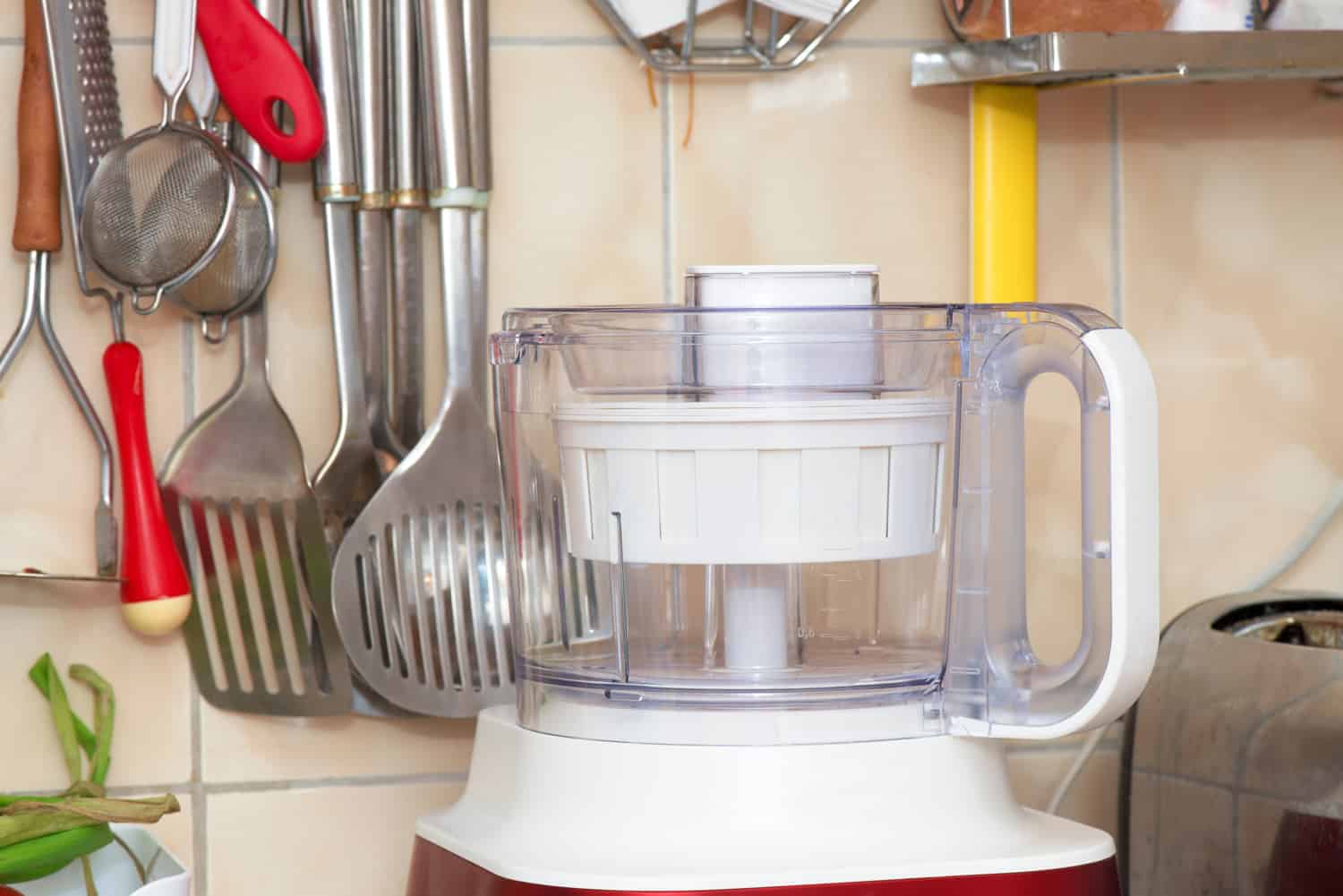
What Do You Do With A Broken Food Processor?
If you have a broken food processor on your hands, you might want to know what to do with it. In the best case, you can repair it yourself. However, doing so requires a bit of effort. You will have to disassemble it and figure out what's wrong.
The materials you will need to find out what's wrong are:
- Wrenches
- Pliers
- Screwdrivers
- Lubricant
- Multimeter
You will need additional materials if you intend to replace the parts that are out of order. This process will require you to measure the dimensions and order an exact fit. These parts include the gears, drive belt, and driveshaft.
Recycling
If you aren't up for repairing it, you can opt to recycle the appliance. Manufacturers like Hamilton Beach have a recycling program that you can take advantage of. Once the processor no longer works, you can send it back to them to dispose of it.
Otherwise, you will have to research recycling companies in your local area. This way, food processors will not end up in landfills instead of being put back into use. If the processor still works but not as intended, you can also donate it. It might not be of use for you anymore. But, others might appreciate one that still works well.
How Do You Clean A Food Processor?
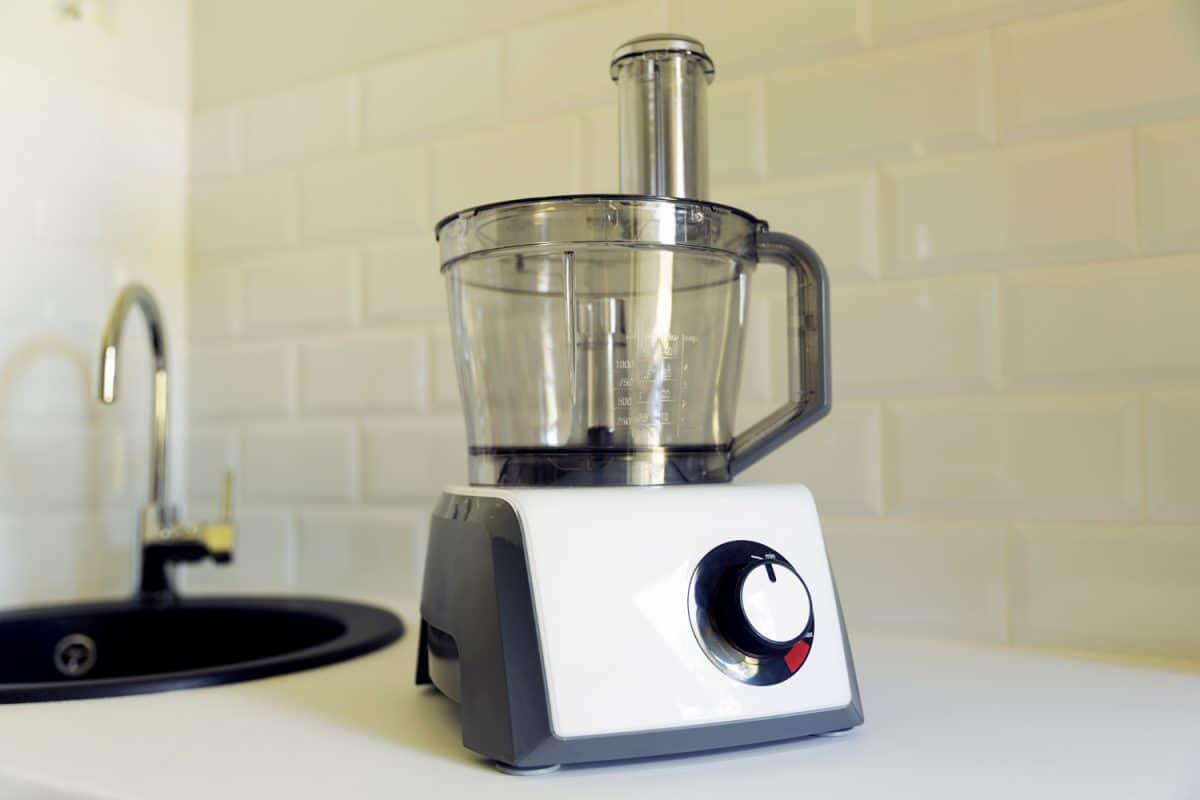
Preparing and eating a dish is one of the pleasures of making them. The cleanup that comes after isn't. However, if you learn to clean a processor correctly, the task might not seem as bad. The materials you will need are:
- Sponge or dishcloth
- Dish soap
- Baking soda
The first step is to disassemble the parts you've used. Separating them is crucial if you don't want to miss any unwanted leftovers on the processor. So, the bowl, blade, and cover should be separate from the base.
Blades
Wash the blade immediately. As you may know, moisture can degrade the metal. Washing it first also ensures nothing dries on it. Remove any residue you see using mild dish soap and a pad or sponge.
Accessories
The next step is to wash the bowl and the cover. Scrub the parts with warm water and mild dish soap. Avoid using abrasive material when cleaning them. In general, these parts are also dishwasher safe. So, if you want to skip this process, leave them on the top rack.
The Base
Take a damp cloth and wipe the base of the processor clean. Since it houses the motor, do not expose it to too much water.
Smell
If there's a smell lingering in the bowl, mix baking soda and water in a ratio of 1-to-1. Leave the mixture in the bowl for 15 minutes and then rinse. This method should get rid of the smell.
Dry the Processor
Use a cloth to dry the processor and the components. Once they're dry completely, reassemble it.
Final Takeaway
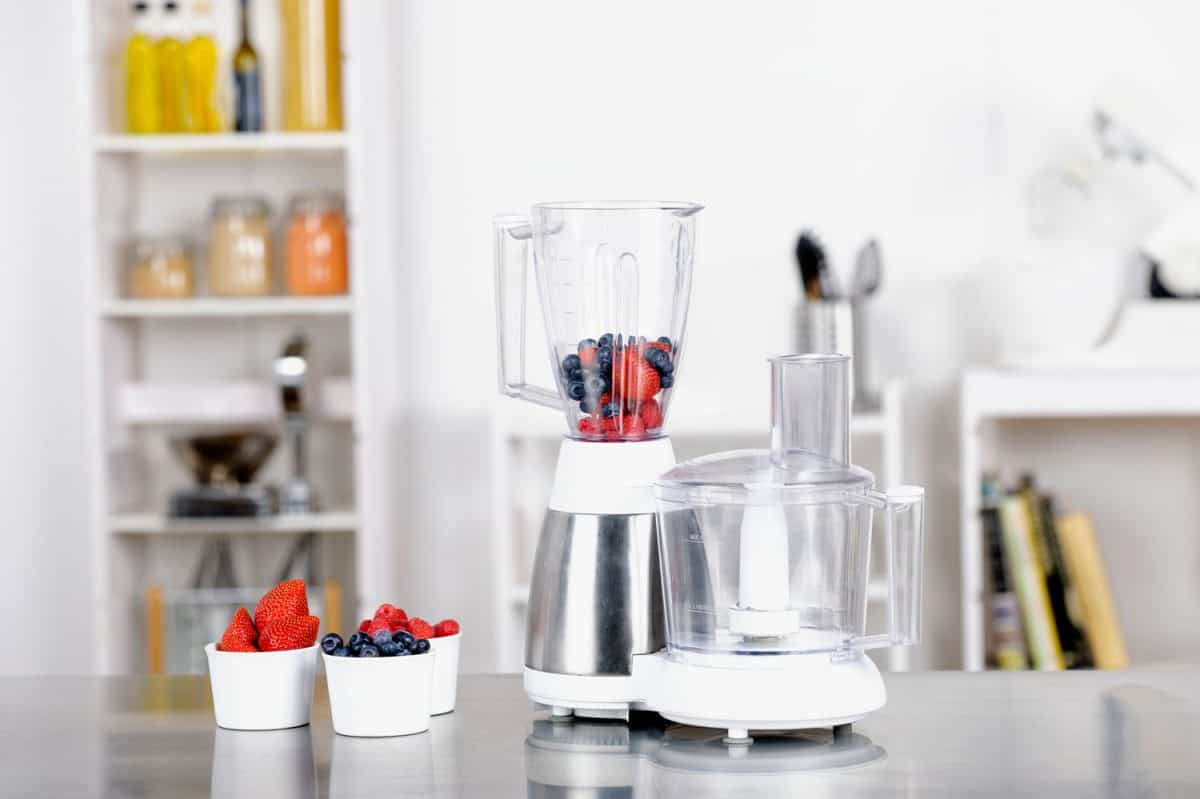
That should cover most of the information you need to know about a food processor. If they're taken care of, they can last up to 15 years! Of course, it's all down to the specific processes you need it to do.
Before you go, do you have other food processor concerns? Do you want to know the types of blades you can equip on one? To find out more, check out our post here. Until next time!

![Food processor in kitchen table top, How Loud Is A Food Processor? [With Tips On How To Choose A Quiet One!]](https://kitchenseer.com/wp-content/uploads/2021/08/Food-processor-in-kitchen-table-top-250x250.jpg)
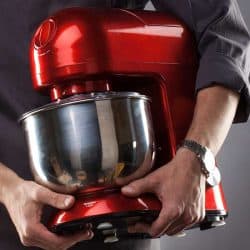
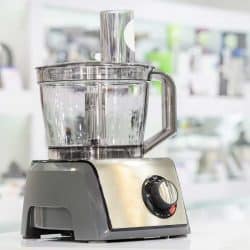
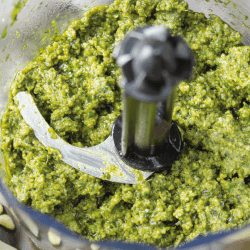
![Food processor blender or coffee grinder blades on wooden table, What Are The Parts Of A Food Processor? [5 Main Sections]](https://kitchenseer.com/wp-content/uploads/2020/10/Food-processor-blender-or-coffee-grinder-blades-on-wooden-table-250x250.jpg)
